If you were around in the 1970s, you’ll remember how this decade brought us disco, bell-bottoms, and many other trends that we once loved. However, many of these things make us scratch our heads today, often because of safety.
Even though some of these items and behaviors are now viewed with nostalgia, here are some things from the ‘70s that are, thankfully, no longer allowed because of health and safety.
Lead-Based Paint

First on our list is lead-based paint, which was everywhere in the 1970s! Yes, it was painted all over our homes, often even on children’s toys! At the time, it seemed like a durable and vibrant option, but we later learned how dangerous it was.
Remember: exposure to lead can cause serious health problems, especially for children, affecting brain development and overall health. Therefore, the risk of lead poisoning is simply too high, and it was eventually banned for residential use in 1978.
Asbestos in Insulation
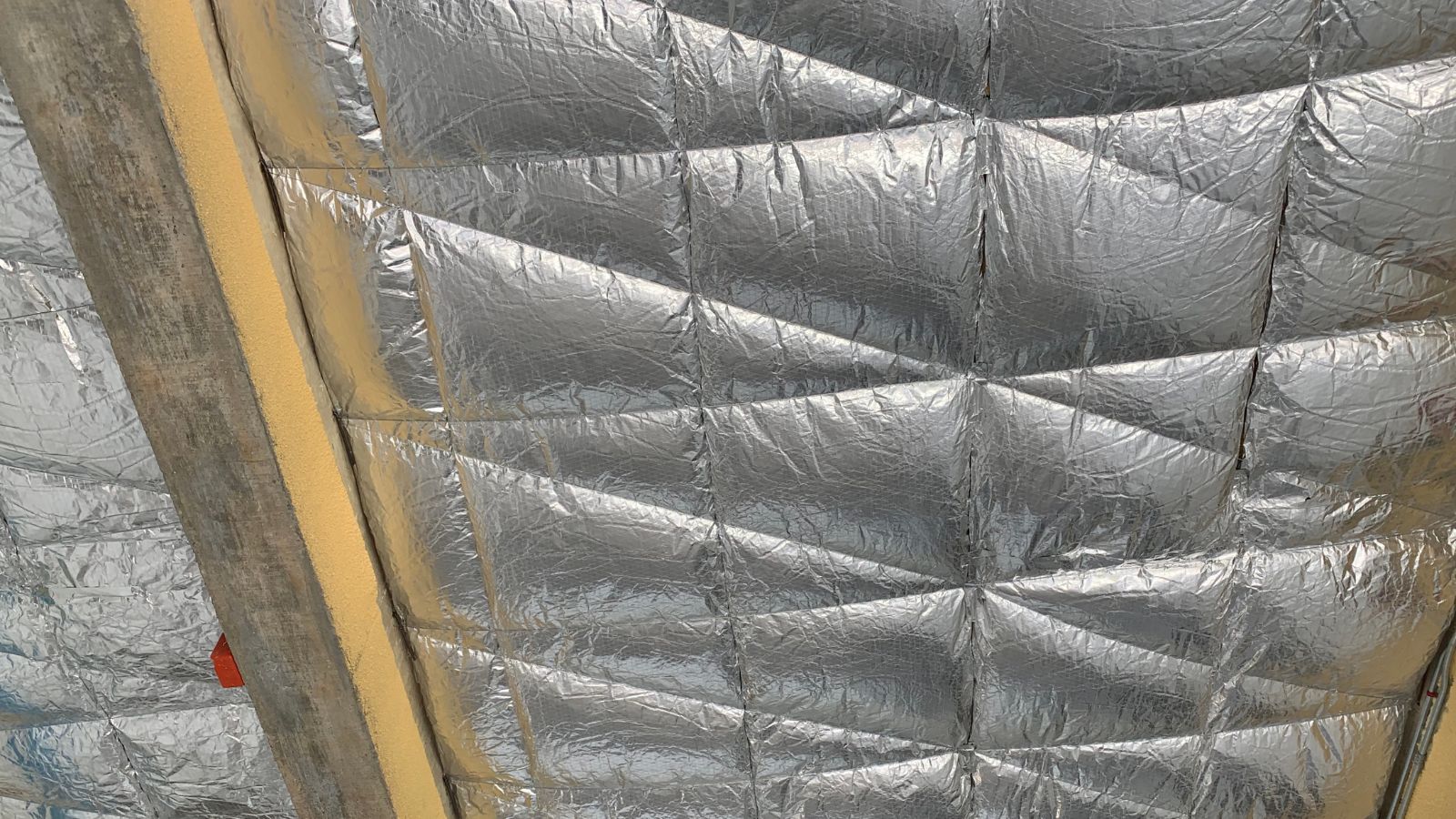
Back in the day, asbestos was a go-to material for insulation, roofing, and even floor tiles in the ’70s. It was affordable and effective at fireproofing, but the tiny fibers posed a huge health risk, something that we only learned too late. When disturbed, asbestos releases particles that can be inhaled, leading to diseases like mesothelioma or lung cancer.
The risks weren’t fully understood back then, but stricter regulations eventually phased it out.
Lawn Darts
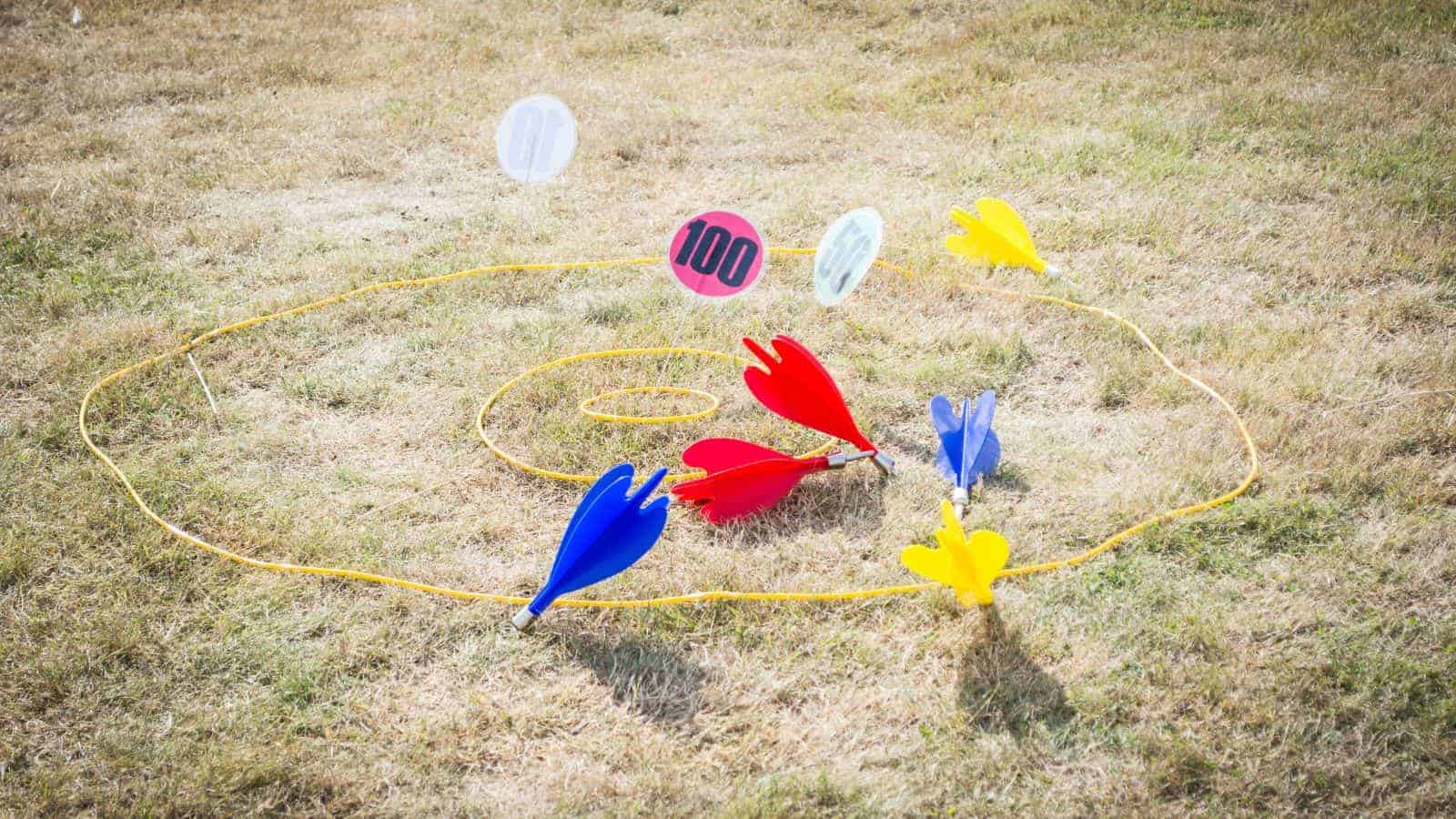
Lawn darts, otherwise known as “Jarts,” were a popular backyard game in the ‘70s that involved tossing large, pointed darts at a target. You might think that it sounds harmless enough, but these darts caused countless injuries and even fatalities. The sharp metal tips made them incredibly dangerous, especially for children, so after years of reports and public outcry, they were finally banned in the late ’80s.
Smoking on Airplanes
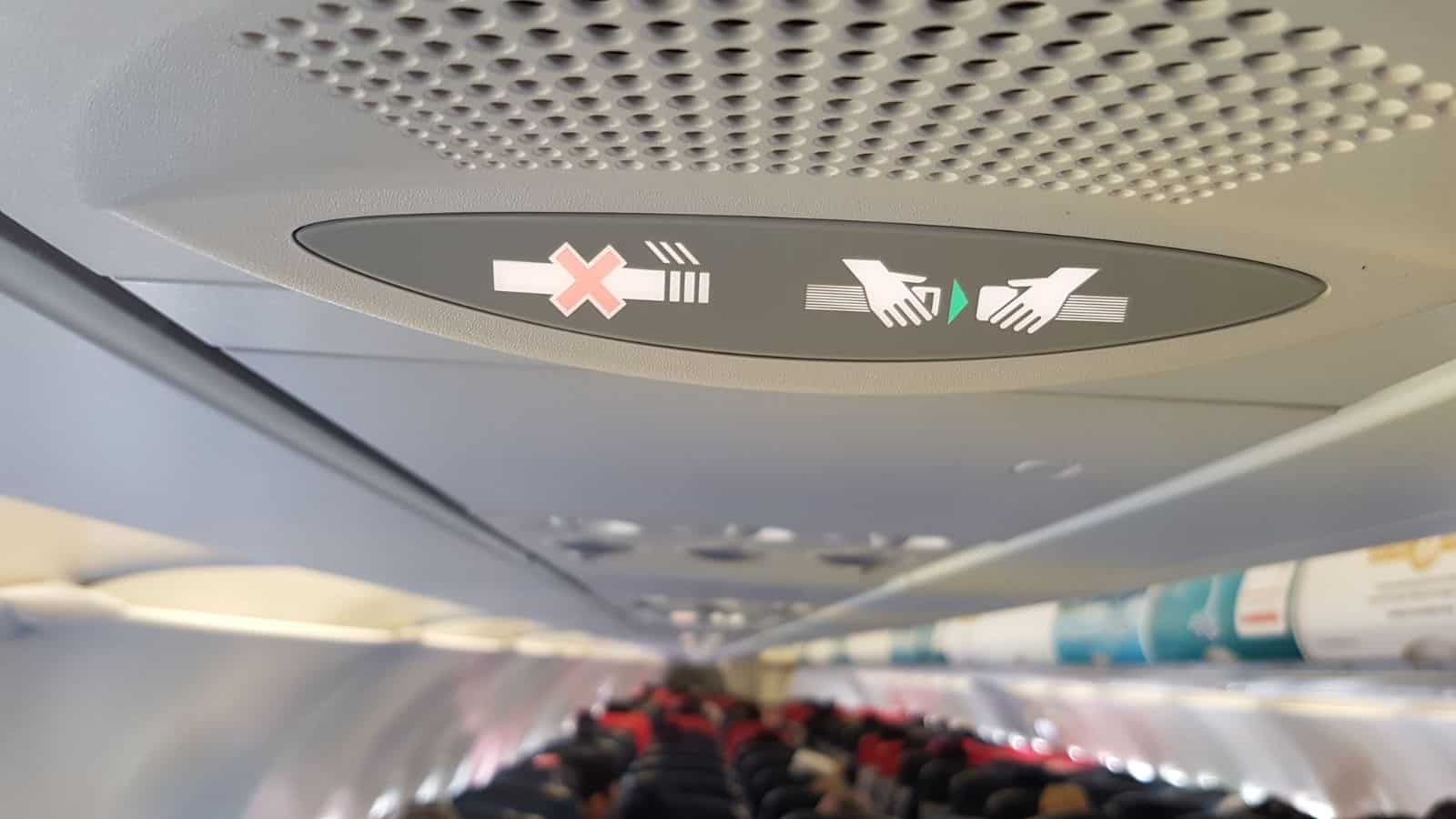
Kids today would never be able to wrap their heads around this one. During the 1970s, smoking on airplanes was not only allowed but fairly common, with ashtrays often being built into armrests. As you might remember, the air was often thick with smoke, but the dangers of secondhand smoke weren’t widely acknowledged at the time.
No Seat Belts in Cars
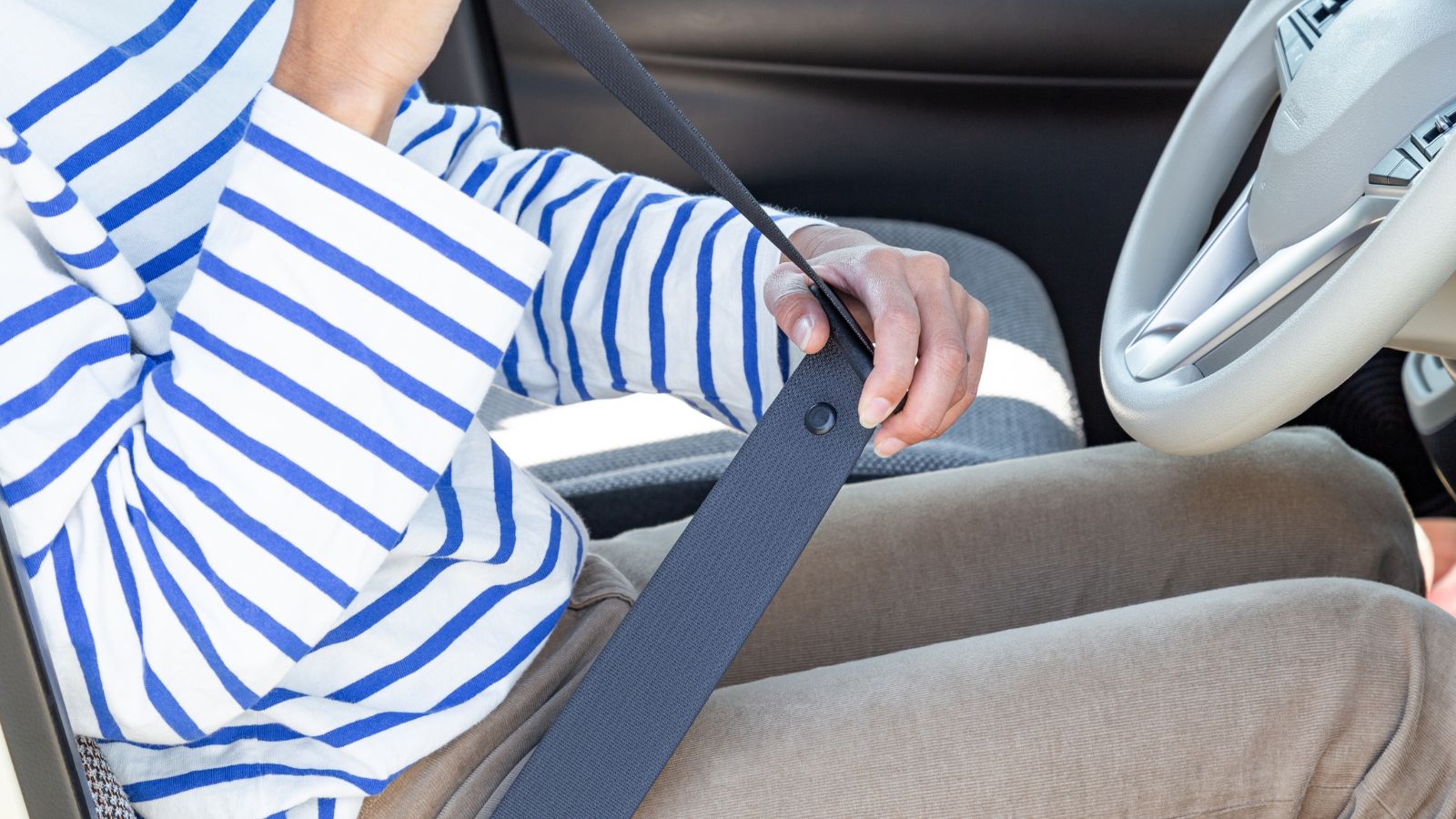
Shockingly, cars in the ’70s often came without seat belts, or people simply didn’t bother using them. Back then, it wasn’t legally required in many states, and the importance of seat belts wasn’t widely understood. However, studies eventually proved that seat belts save lives, leading to stricter laws and mandatory use.
Unregulated Playground Equipment
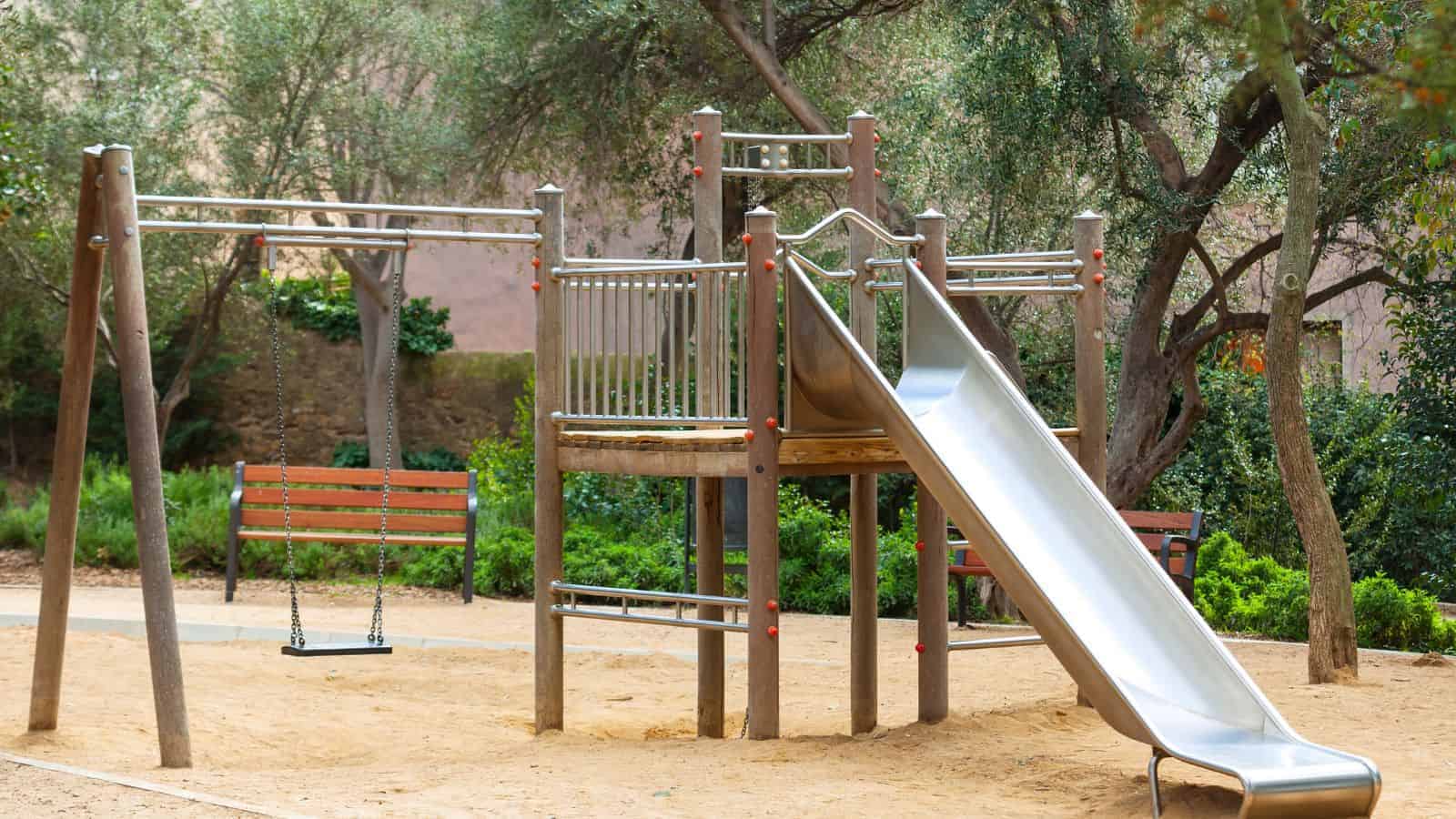
Sure, playgrounds in the 1970s were fun, but they were also often dangerously designed. Tall metal slides, seesaws, and merry-go-rounds were common, but they lacked safety features like guardrails or soft surfaces underneath.
As you can imagine, this meant that falls and injuries were frequent, yet few questioned the risks. Eventually, though, safety standards improved, introducing rubber mats, safer heights, and designs that minimize harm.
Riding in the Back of Pickup Trucks

It wasn’t unusual to see people, especially kids, riding in the open bed of a pickup truck during the ’70s. We can all agree that it seemed like harmless fun at the time, but the risks of falling out or being injured in an accident were significant. Eventually, stricter traffic laws were put in place to prohibit this practice in most states, and while it might be a nostalgic memory for some, the safety risks were just too high, so it’s definitely for the best.
Mercury in Thermometers
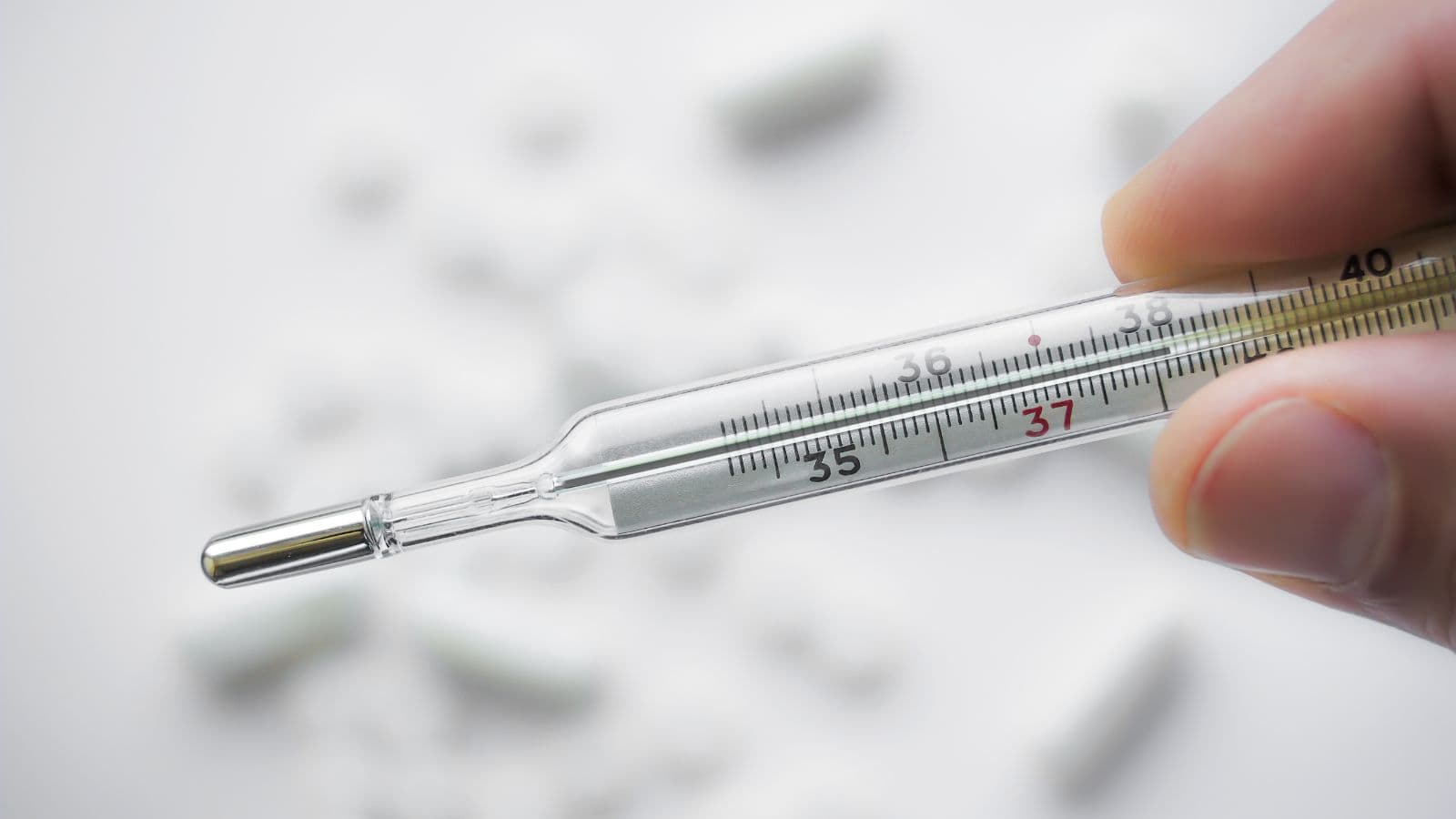
Another thing from the ‘70s that simply wouldn’t go down today was mercury thermometers. Outrageously, these devices were a household staple in the 1970s, used for checking fevers and measuring room temperatures. We can’t deny that they were accurate, but they were also incredibly dangerous if broken. At the end of the day, mercury is a highly toxic substance that can harm the nervous system, so it’s for the best that digital and alcohol-based thermometers have since replaced them.
Smoking Indoors Everywhere
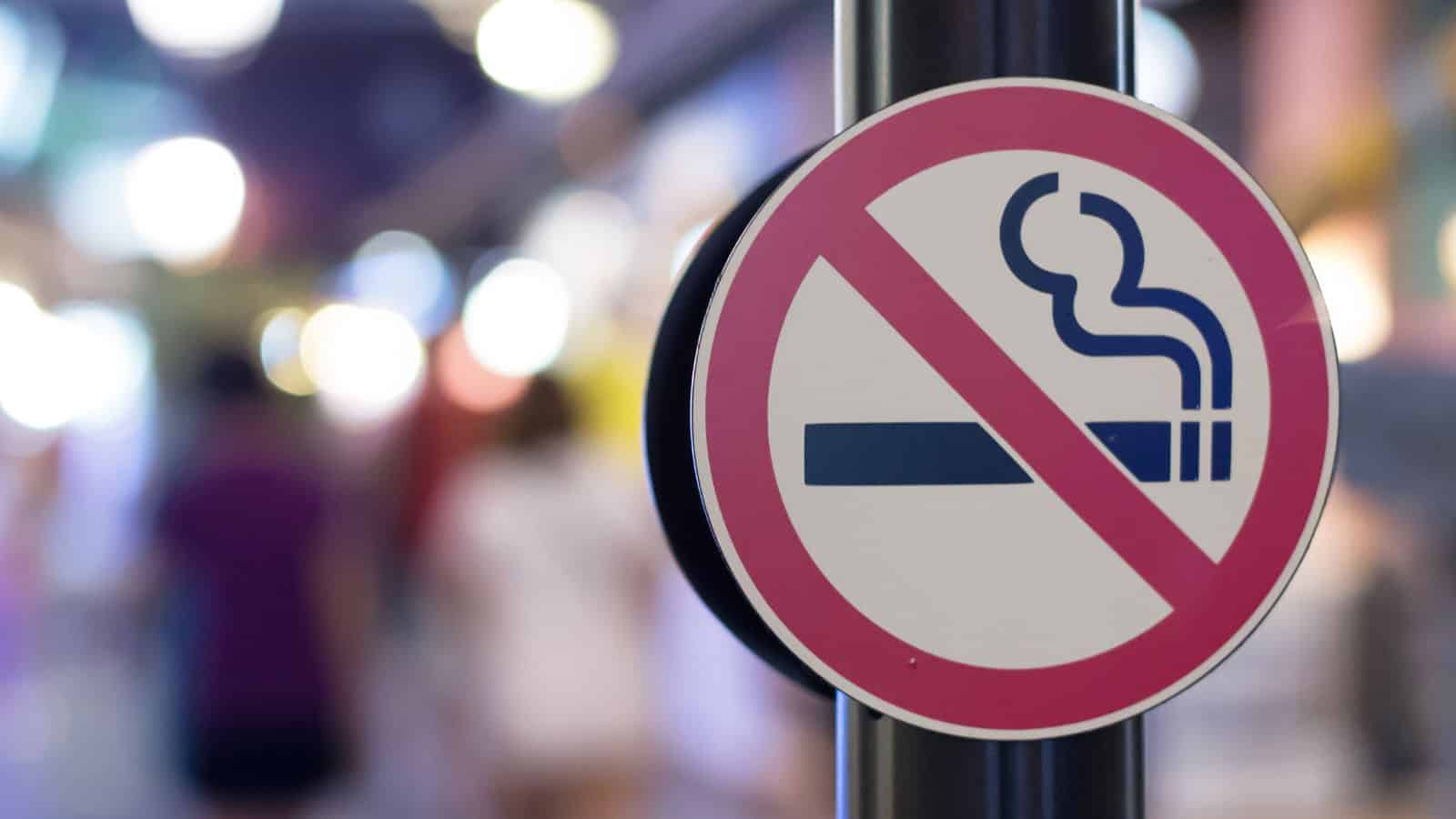
Just like on the plane, restaurants, offices, or even hospitals saw smoking indoors as a norm in the ’70s–that’s crazy! Ashtrays were everywhere, and no one thought much about the health risks of secondhand smoke. Thankfully, research eventually showed the dangers of smoke-filled spaces, leading to smoking bans in most public areas.
Unrestrained Pets in Cars

Bizarrely, driving with pets loose in the car was common in the 1970s, with dogs often hanging their heads out the window. Obviously, it did look quite cute, but it also posed serious safety risks for both pets and passengers in the event of an accident and is frowned upon today.
Dangerous Chemistry Sets for Kids

Chemistry sets in the ’70s often included materials that would make today’s safety regulators cringe. For example, some kits contained chemicals that were flammable, toxic, or capable of causing explosions. Worse still, they were marketed as educational toys, yet the lack of safety precautions led to more accidents than valuable lessons!
Unregulated Fireworks Sales
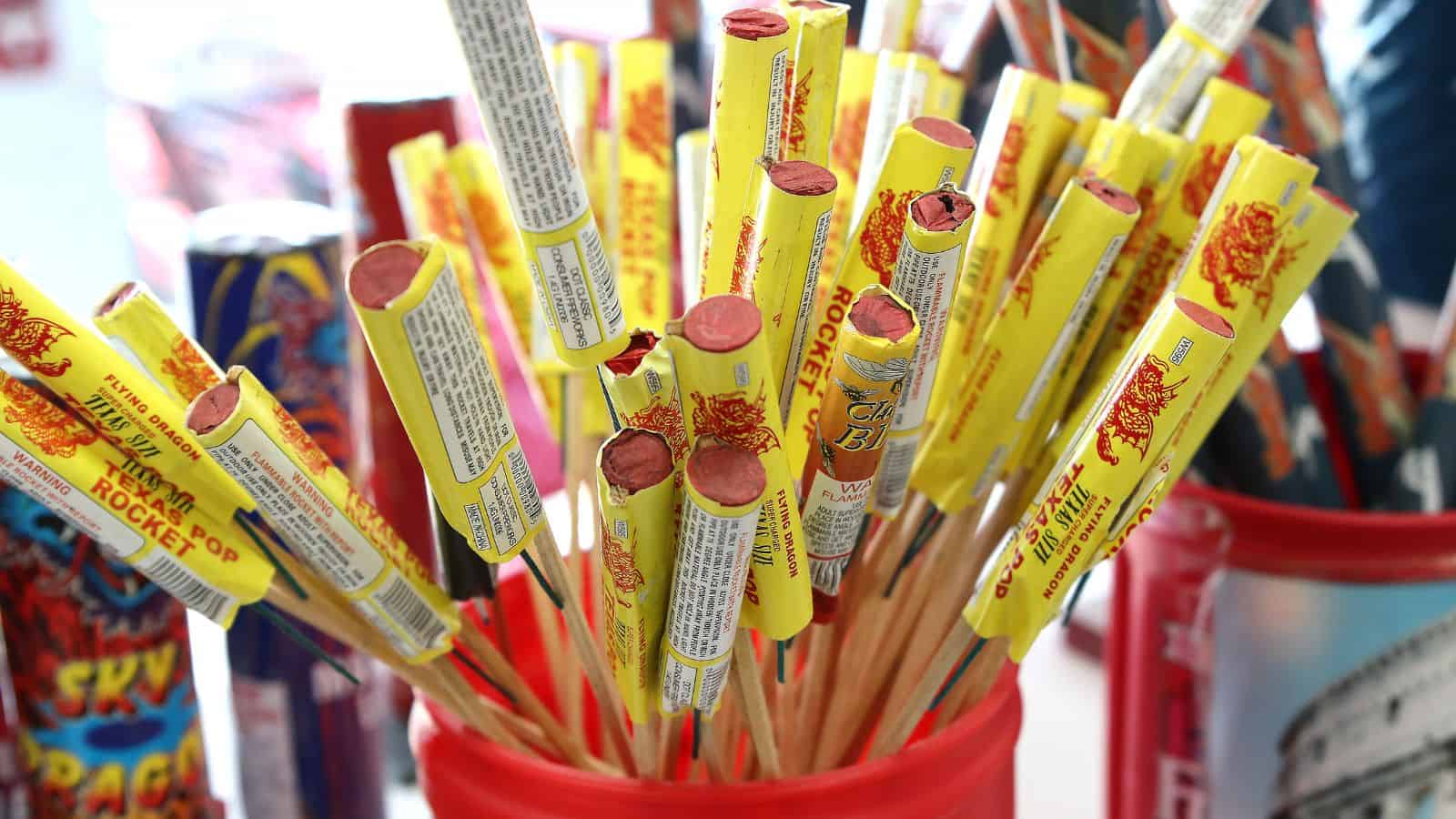
Just 50 years ago, it was quite normal for fireworks to be widely sold with barely any restrictions, making them easy for any kid to purchase. Unfortunately, the lack of regulation led to countless injuries, fires, and even fatalities. Over the years, stricter laws were introduced to control the sale and use of fireworks, something that we can all surely agree is a step forward.
Lead in Gasoline
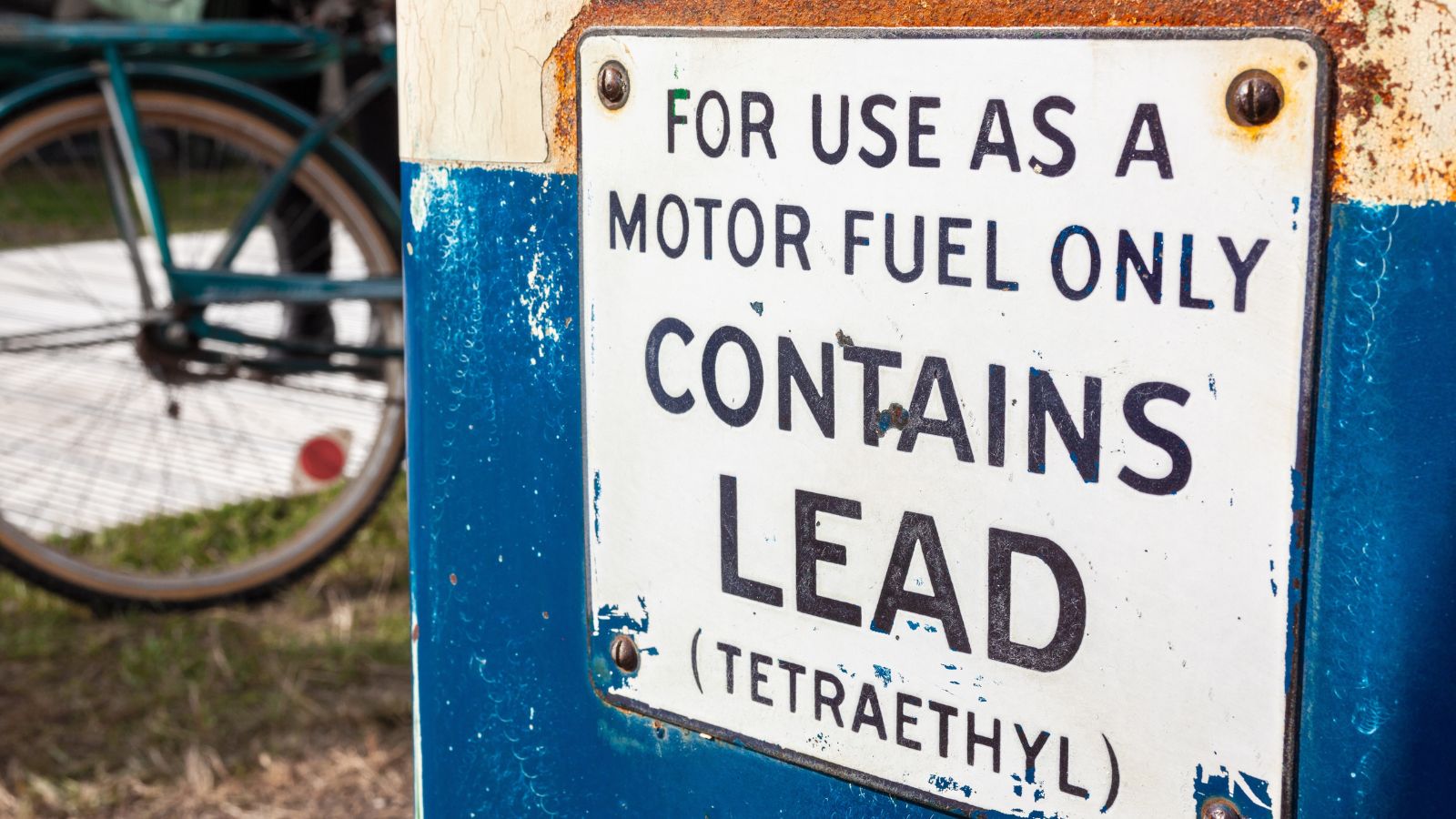
As with paint, toys, and other items, gasoline in the 1970s often contained lead, which was supposed to help improve engine performance. Unfortunately, though, it also populated the air, with the toxic fumes posing significant health risks–particularly to children and the environment.
As awareness of the dangers grew, leaded gasoline was gradually phased out in favor of unleaded options. Cleaner alternatives have made a noticeable difference in air quality and public health since the ban.
Toys with Small, Dangerous Parts
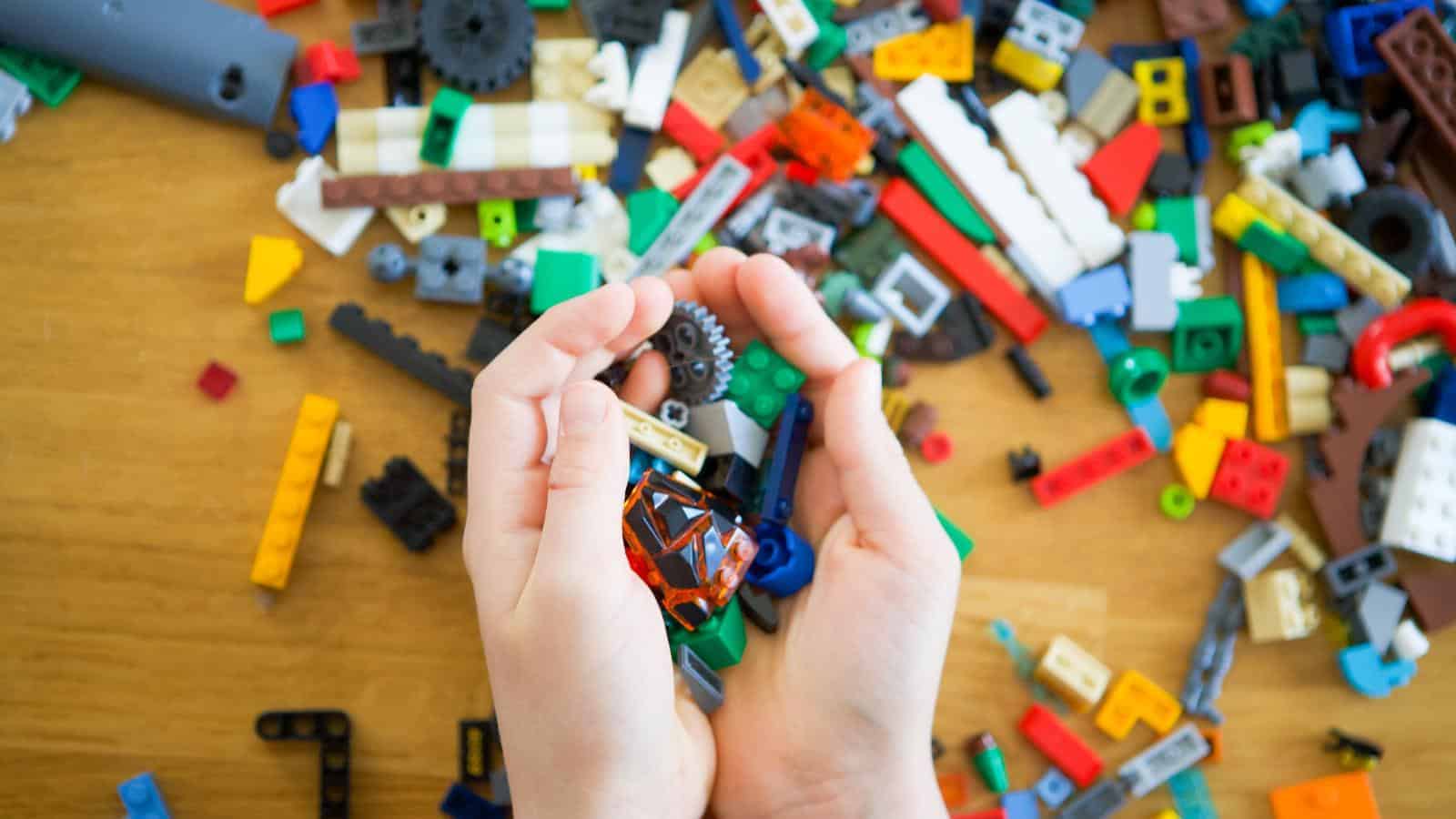
Many toys from the 1970s were manufactured without much thought for choking hazards. Small, detachable parts were common, leading to countless accidents involving young children. Stricter safety standards were introduced, requiring manufacturers to test toys for potential risks. As a result of this, modern toys now come with clear age guidelines and are designed with child safety in mind.
Minimal Food Labeling

Food labels were far less detailed in the ‘70s than they are today. For instance, ingredients weren’t always listed, and nutritional information was rare. Because of this lack of transparency, it was hard for consumers to make informed choices about what they were eating!
Hitchhiking Without Fear

Hitchhiking was a surprisingly common practice in the 1970s, with people casually thumbing rides from strangers. Amusingly, it was seen as a practical and adventurous way to travel, but to be fair, the risks weren’t fully understood back then. Stories of dangerous encounters and crimes started to highlight the dangers, leading to their decline, so while some people still hitchhike today, it’s far less common and generally considered unsafe.
Lack of Helmets for Biking or Skateboarding

In the 1970s, helmets weren’t widely used for biking, skateboarding, or even motorcycling, which is insane to look back on! They were often seen as unnecessary or uncool, despite the obvious risks of head injuries–like, c’mon! Over time, safety campaigns and regulations made helmets a standard part of riding gear, and today, it’s hard to imagine hitting the road or skatepark without one.
Cribs with Unsafe Designs
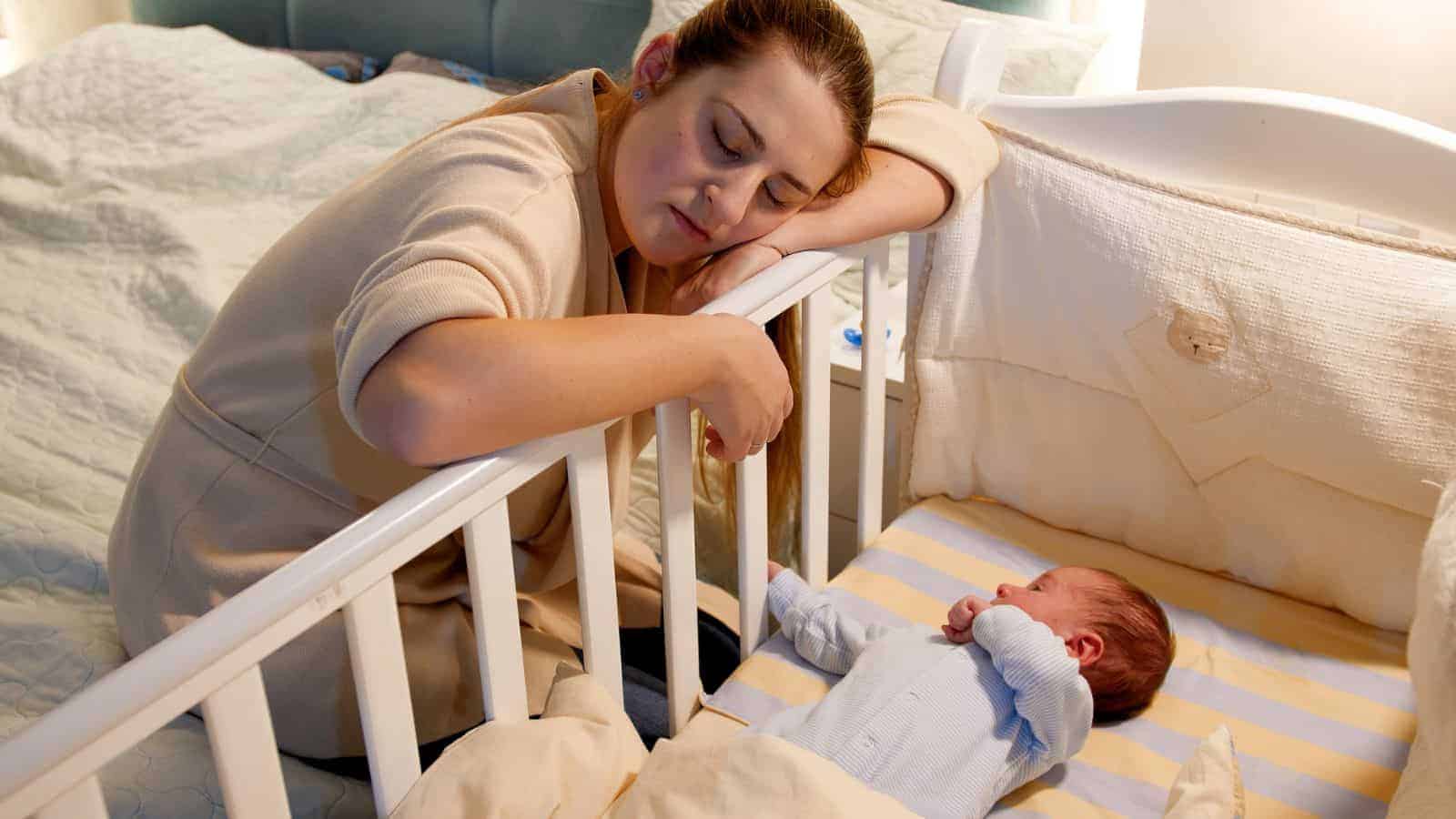
The final entry on our list of things from the ‘70s that are no longer allowed because of safety concerns is cribs with unsafe designs. In the 1970s, cribs often had features like wide slats or drop-down sides that posed serious safety risks for babies… designs that often led to injuries and even fatalities.
However, you’ll be relieved to know that, over the years, stricter safety standards were introduced, leading to cribs with safer, more secure features. Modern cribs are now designed with the well-being of infants as the top priority, making nurseries much safer today.
